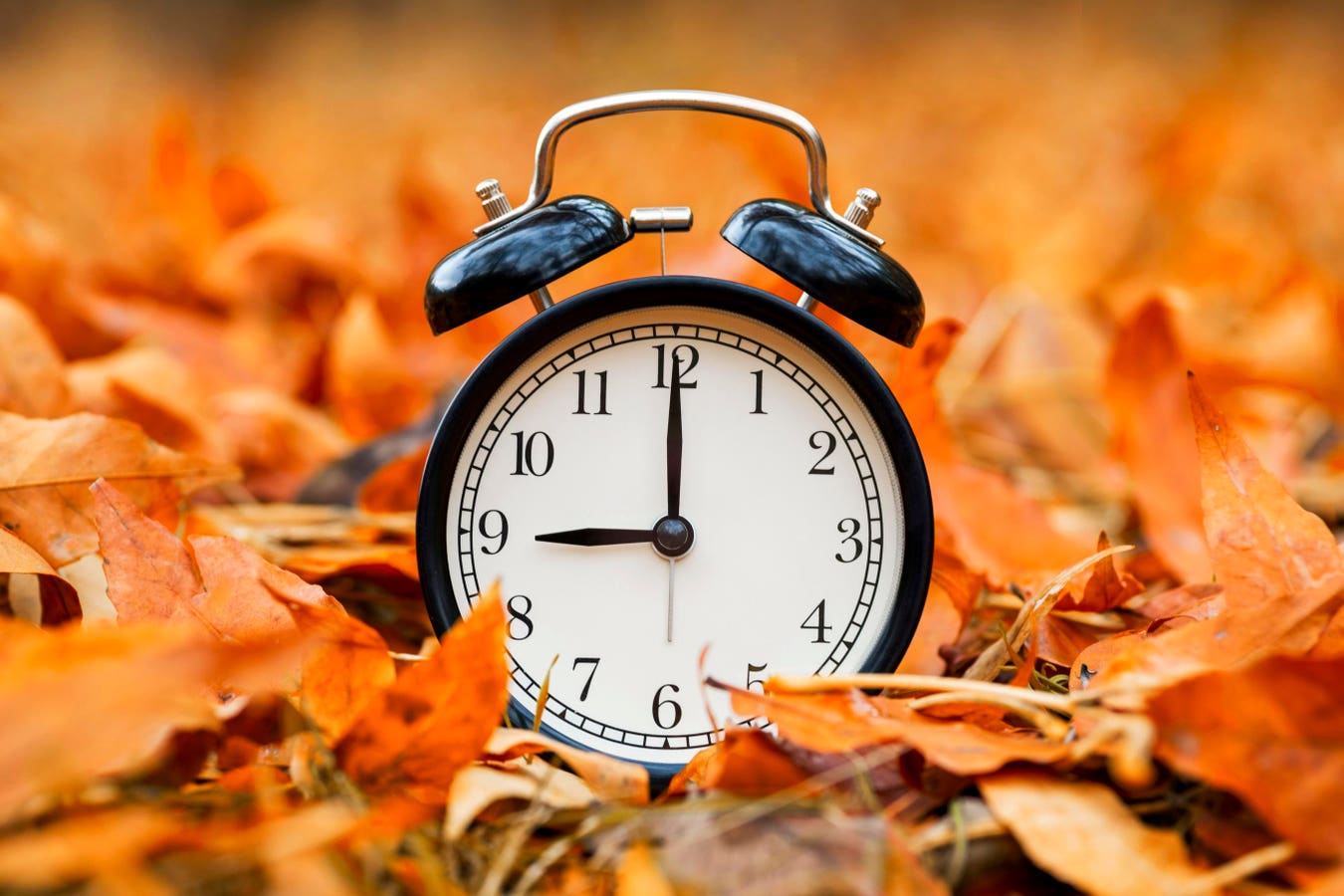When do the clocks go back in 2023? There comes a time each fall when millions of people simultaneously use a search engine to ask “are the clocks going back?” and “do the clocks go forward or back?” while others discuss the merits or otherwise of daylight savings time.
Meanwhile, stargazers quietly rejoice. We’re a good few weeks past the fall equinox and sunset is getting earlier each day by two minutes or so, but there’s a particular day coming up soon when darkness will come an entire hour earlier.
And that means dark skies before dinner for many months!
Do Clocks Go Forward Or Back?
You know the answer to this—you’ve merely forgotten. “Spring forward, fall back” is how to remember it. It works less well if you call this season autumn, but it’s still helpful.
Clocks always go forward by an hour in March and back by an hour in October or November, depending on where you live.
That means Eastern Daylight Time (EDT) is about to become Eastern Standard Time (EST), for example.
When The Clocks Change In Fall 2023
America “springs forward” at 2:00 a.m. (which becomes 03:00 a.m.) on the second Sunday in March and “falls back” at 2:00 a.m. (which becomes 01:00 a.m.) on the first Sunday in November, according to Farmer’s Almanac.
In 2023 the clocks “sprang forward” on Sunday, March 12 and will “fall back” on Sunday, November 5.
Not everyone in North America uses daylight savings, of course. While the Navajo Nation in northeastern Arizona uses DST just like the rest of the contiguous U.S. States, the rest of Arizona does mot change its clocks, according to Timeanddate.com.
In Europe the clocks go forward on the last Sunday each March and go back on the last Sunday in October. In 2023 the clocks “sprang forward” on Sunday, March 26 and will “fall back” on Sunday, October 29. So in Europe daylight savings begin later in the year and end earlier.
What Will Happen To Sunrise And Sunset
The effect of these changes—and the entire point of them—is to have a later sunset (and so create more light in the evening) in spring and summer, and an earlier sunrise in fall and winter (and so create more light earlier in the morning).
However, what happens as a consequence is, for stargazers, something incredible—a sunset an hour earlier, which effectively means an hour of stargazing before dinner.
Wishing you clear skies and wide eyes.
Read the full article here





